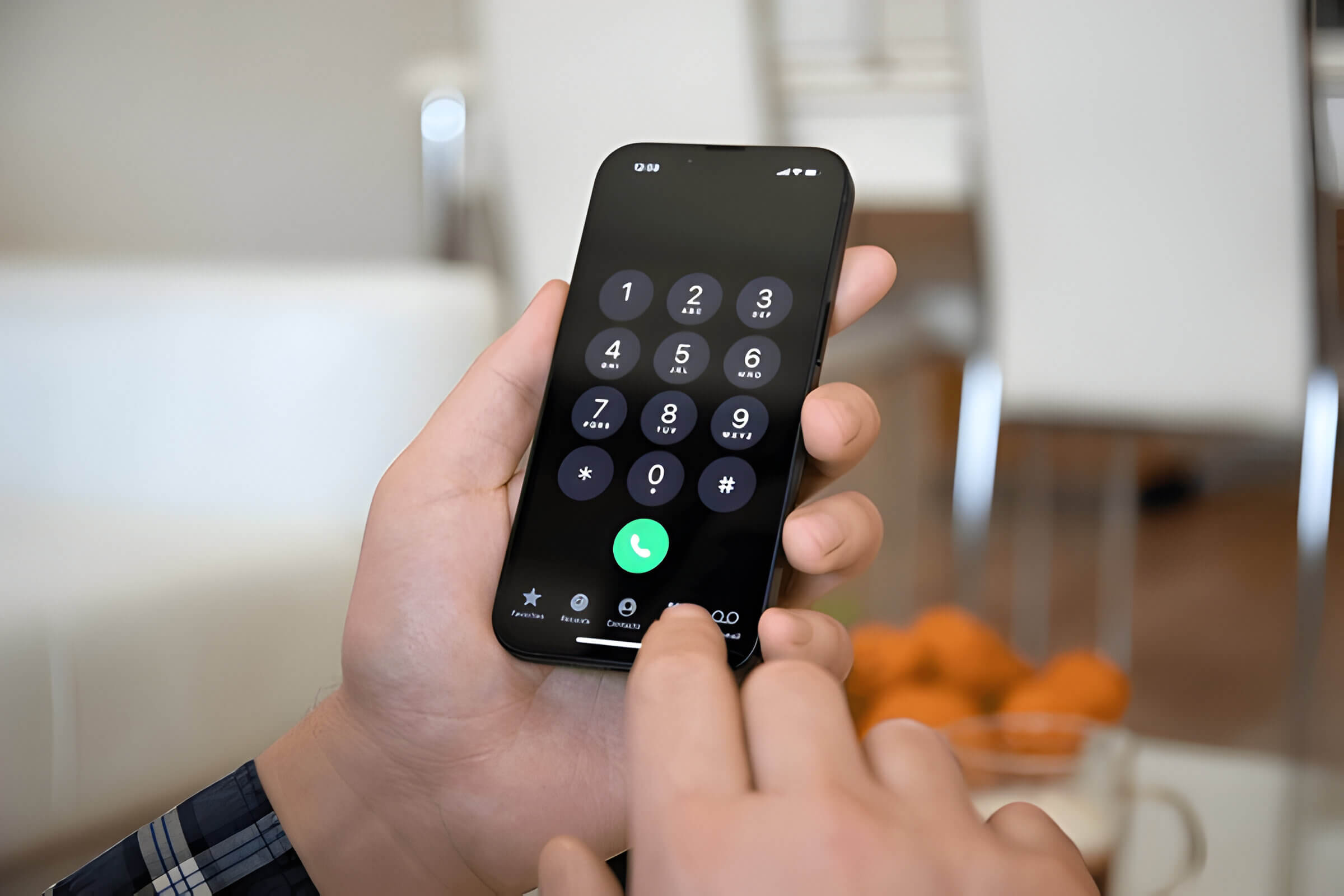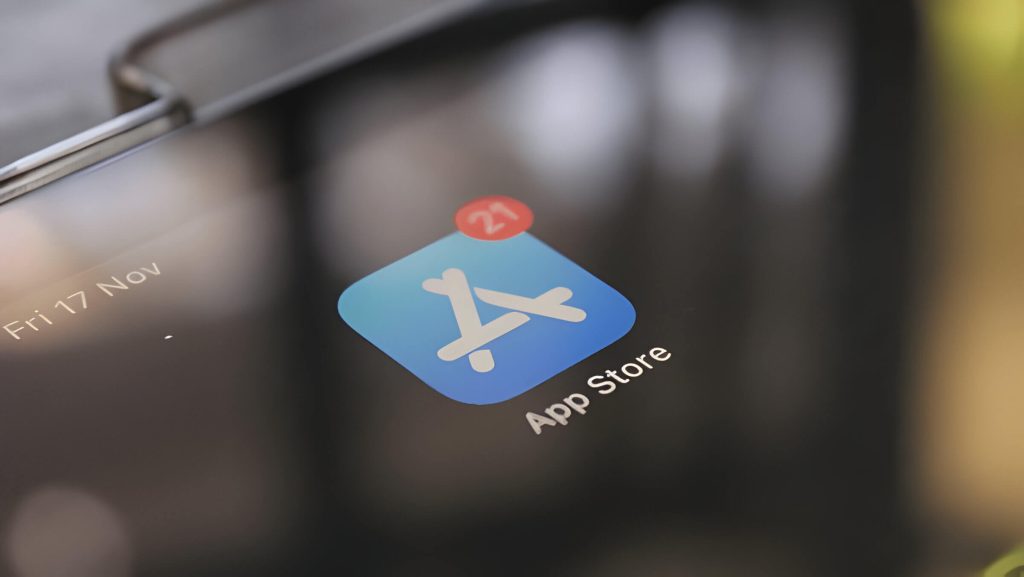
Recording phone calls can be essential for various reasons, including preserving important conversations, ensuring accuracy in business dealings, or keeping a record for legal purposes. While iPhones do not come with built-in call recording features due to privacy concerns, there are several methods you can use to accomplish this task.
Methods to Record a Phone Call on an iPhone
Method 1. Using Third-Party Apps to Record a Phone Call on iPhone
Recording phone calls on an iPhone can be essential for various reasons, such as capturing important conversations, interviews, or verbal agreements. One of the most effective ways to achieve this is by using third-party call recorder apps. These applications are designed specifically to facilitate call recording with ease and convenience.
To begin with, you need to identify the best call recorder apps for iPhone. Some popular options include Rev Call Recorder, TapeACall Pro, and Call Recorder – IntCall. Each of these apps offers unique features and varying levels of functionality that cater to different recording needs.
Once you have chosen an app that suits your requirements, the process typically involves a few straightforward steps:
1. Download and Install: Visit the App Store and download your preferred third-party call recorder app.
2. Set Up: Open the app and follow the setup instructions provided. This usually involves granting necessary permissions such as access to contacts and microphone.
3. Initiate Recording: To start recording a call, open the app before or during a phone conversation. Most apps will require you to dial a service number provided by the app or merge calls using their in-app interface.
4. Save Recordings: After ending the call, recordings are usually saved automatically within the app’s storage system where you can access them later.
App-based recording methods offer several advantages including high-quality audio capture and easy management of recorded files directly from your device. However, it’s crucial to remember that recording phone calls without consent may be illegal in some jurisdictions, so always ensure compliance with local laws before proceeding.
Utilizing third-party call recorder apps is an efficient way to record phone conversations on an iPhone. By selecting one of the best available apps and following simple setup procedures, users can easily manage their recordings for future reference or use.
Method 2. Recording Calls Using an External Device or Recorder
When it comes to recording calls, using an external device or recorder is a reliable and effective method. This approach involves utilizing a separate piece of hardware specifically designed for capturing audio from phone conversations. There are various types of external devices for call recording available in the market, each catering to different needs and preferences.
One popular option is digital recorders. These compact devices can be easily connected to your phone, whether it’s a landline or a mobile device, allowing you to capture high-quality audio recordings. Digital recorders often come with features such as noise reduction, adjustable recording quality settings, and ample storage capacity, making them suitable for both personal and professional use.
Hardware solutions for phone recordings are not limited to digital recorders alone. There are also specialized adapters that can connect your phone directly to other recording equipment like computers or dedicated audio interfaces. These adapters ensure that the audio signal is transferred seamlessly from your phone to the recording device without any loss in quality.
Using an external device for call recording offers several advantages over software-based solutions. For one, it provides greater control over the recording process and often results in better sound quality due to dedicated hardware components designed specifically for this purpose. Additionally, hardware solutions typically do not rely on internet connectivity or specific operating systems, making them more versatile across different types of phones and communication platforms.
In summary, if you require a dependable method for capturing phone conversations with high clarity and reliability, investing in an external device or recorder could be the ideal solution. Whether opting for digital recorders or other hardware solutions for phone recordings, this method ensures that you have access to consistent and high-quality audio documentation of your calls.
Method 3. Utilizing Voicemail Services to Record a Phone Call on iPhone
Recording a phone call on an iPhone can be achieved through various methods, one of which is using voicemail services. This voicemail method for iPhone is straightforward and doesn’t require any third-party apps. Here’s a step-by-step voicemail record guide to help you get started:
1. Initiate the Call: Begin by making or receiving the phone call you wish to record.
2. Add Call to Voicemail: During the call, tap on the “Add Call” button and dial your own phone number. This action will direct you to your voicemail.
3. Merge Calls: Once connected to your voicemail, tap “Merge Calls.” This will combine your ongoing conversation with the voicemail service, effectively recording the entire conversation as a new message in your mailbox.
4. End and Save: After finishing your discussion, end the call as usual. The recorded conversation will be saved in your voicemail inbox.
Using this voicemail trick for recording calls on an iPhone ensures that important conversations are documented without needing additional software or complex setups. Always remember to inform all parties involved that they are being recorded, as consent is legally required in many jurisdictions.
By leveraging this built-in feature of voicemails, users can easily capture essential information from their calls with minimal hassle and maximum efficiency.
Troubleshooting Common Issues in Call Recording on iPhone
Call recording on an iPhone can be incredibly useful, but it’s not without its challenges. Here are some common issues and troubleshooting tips to help you navigate call recording problems effectively.
1. Recorder Not Working
One of the most frequent issues users face is the call recorder not functioning properly. This can be due to various reasons, such as software glitches or compatibility issues. To resolve this, ensure your iPhone’s operating system is up-to-date. Go to Settings > General > Software Update and install any available updates.
2. Inadequate Permissions
Another common problem is inadequate permissions for the call recording app. Most apps require access to your microphone and contacts to function correctly. Check if you have granted these permissions by going to Settings > Privacy > Microphone and ensuring the toggle switch for your call recording app is turned on.
3. Storage Issues
Limited storage space can also hinder call recording functionality. If your device is running low on storage, it may impact the performance of your recorder app. Free up space by deleting unnecessary files or apps, or consider using cloud storage solutions.
4. App-Specific Problems
Sometimes, the issue lies within the specific call recording app you’re using. If you encounter persistent problems, try uninstalling and reinstalling the app or switching to a different one that has better reviews and compatibility with your device.
5. Network Connectivity
Poor network connectivity may also affect call recordings, especially if you’re using an internet-based recorder service. Ensure you have a stable network connection before initiating a call that needs to be recorded.
By addressing these common issues with practical solutions, you can enhance your experience with call recording on your iPhone significantly.
Is It Legal to Record Phone Calls?
When it comes to recording phone calls, understanding the legal landscape is crucial. Call recording laws vary significantly across different jurisdictions, making it essential to be well-informed about the regulations that apply in your area.
In the United States, call recording laws are primarily governed by federal and state statutes. Federally, the law requires at least one party’s consent for a call to be legally recorded. This means that as long as you are part of the conversation and you consent to its recording, you are generally within legal boundaries. However, individual states may have stricter regulations. For example, states like California and Florida require all parties involved in a call to give their consent before any recording can take place.
The legal implications of not adhering to these laws can be severe. Unauthorized call recordings can lead to civil lawsuits or even criminal charges, including fines and imprisonment. Therefore, obtaining explicit consent for recording calls is not just a matter of ethical practice but also a legal necessity.
Privacy concerns further complicate the issue of call recordings. With advancements in technology such as iPhones making it easier than ever to record conversations discreetly, respecting privacy has become more challenging yet more important than ever. Both individuals and businesses must navigate these complexities carefully by ensuring they comply with relevant laws while also being transparent with all parties involved in a conversation.
In summary, while recording phone calls can serve various useful purposes it’s imperative to understand and adhere to applicable call recording laws. Always seek consent for recording calls and remain mindful of privacy concerns to avoid potential legal repercussions.




